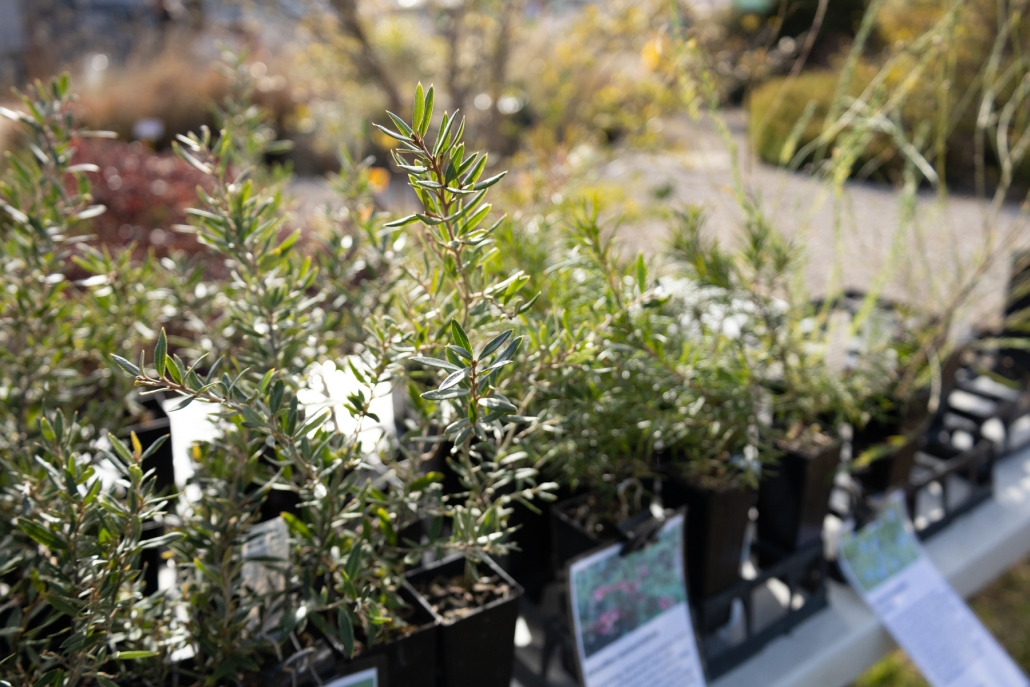Beat The Heat – Smart Garden Hacks to Save Water!
Published 4th February 2025. Written by Maddison O’Brien
As summer temperatures climb towards 40 degrees Celsius, many gardeners face the same struggle—keeping plants alive without watching their water bills skyrocket. While some might accept a scorched garden as inevitable, others are turning to smart, waterwise strategies to keep their gardens lush without excessive watering. Choosing the right plants, improving soil health, and watering efficiently make it possible to create a thriving garden that can handle the heat.
Mulching is one of the most effective strategies for soil health. A thick layer of organic mulch—such as straw, wood chips, and compost—helps retain moisture, suppress weeds, and regulate soil temperature. Studies show that mulched soil can hold up to 25% more water than bare soil, reducing the need for frequent watering. All bare ground, including pathways, should be mulched to prevent soil from baking in the hot sun. Mulch also creates ideal conditions for soil life, attracting earthworms and other beneficial organisms that aerate the soil and enhance its water-holding capacity.
Plant selection plays a crucial role in waterwise gardening. Drought-tolerant species, particularly native plants and those with silver or grey foliage are naturally adapted to dry conditions. Plants like lavender and native saltbush have specialised leaves that reflect sunlight and reduce water loss. When planted strategically, shade trees further lower soil and air temperatures, reducing evaporation and creating a cooler microclimate for surrounding plants.

Callistemon (Bottlebrush) is a hardy, waterwise plant with slender, dew-catching leaves that adapt to the climate—lightening in the hot sun to reflect heat and deepening in the shade to maximise photosynthesis.
Watering wisely is another key approach. Watering in the early morning or late evening prevents excessive evaporation and ensures plants can absorb moisture before the day’s heat. Slow, deep watering encourages strong root growth, helping plants access moisture stored deeper in the soil. Avoid watering when the sun beats down on the leaves, which can lead to leaf burn and plant stress.
Wicking beds offer an innovative solution for gardeners looking to improve water conservation. These self-watering garden beds use an underground reservoir to supply moisture directly to plant roots, significantly reducing evaporation. Another long-term strategy is prioritising perennials over thirsty annuals. Perennials establish deep root systems that make them more resilient during dry spells while also providing shelter, shade, and increased yields.
Healthy soil also plays a vital role in water retention. Increasing organic matter through composting and cover cropping improves soil structure, allowing it to absorb and hold more moisture like a sponge. Research shows that soils rich in organic matter can retain up to 90% of their weight in water, providing a natural buffer against dry conditions.
Which of these strategies could you utilise better in your garden? By taking small steps to increase resilience and reduce water use, you can save money on your water bill and spend less time worrying about heat-stressed plants!







